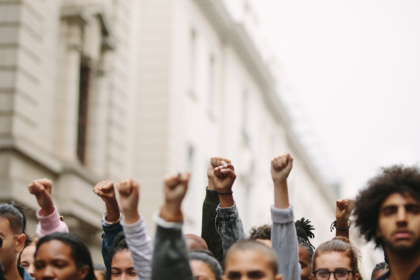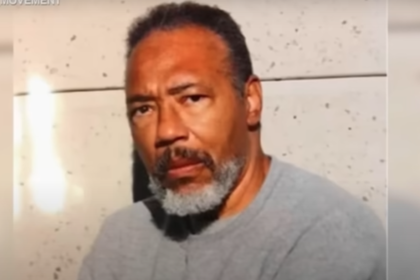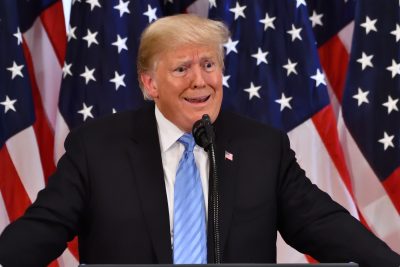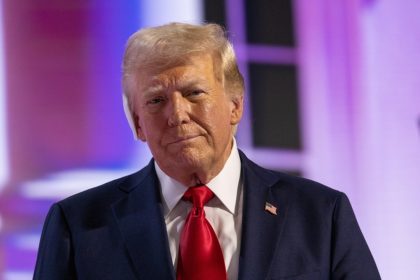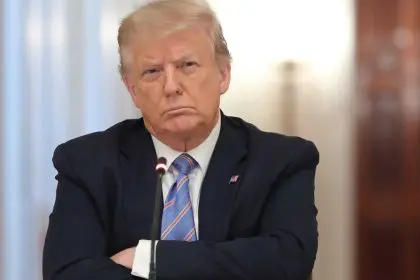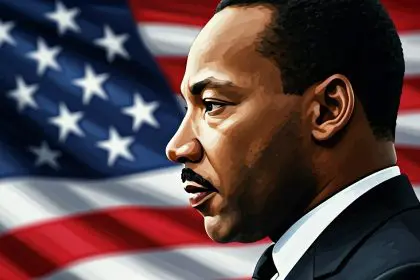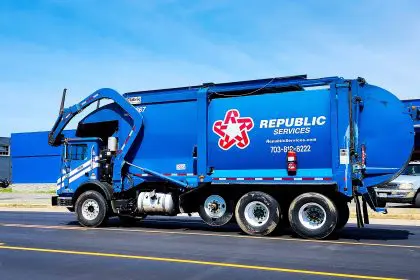President Donald Trump announced a proposal to rename Veterans Day to “Victory Day,” citing a desire to honor World War I soldiers and celebrate American military achievements. The announcement, made on his social media platform Truth Social, represents a significant departure from the holiday’s current purpose of honoring all American military veterans regardless of which conflict they served in.
Veterans Day, observed annually on November 11, was originally established as Armistice Day to commemorate the end of World War I and honor those who died in service. The holiday was later broadened and renamed Veterans Day to recognize all American military veterans across all conflicts and peacetime service.
Two holidays targeted for name changes
The president’s announcement included plans to modify two significant military observances:
Trump stated he intends to rename the November 11 holiday from Veterans Day to “Victory Day for World War I.” This would fundamentally shift the focus of the day from honoring all veterans to specifically celebrating America’s victory in World War I.
The current Veterans Day has broader significance, as it honors the service of all U.S. military veterans across all branches and conflicts. The proposed change would narrow this focus considerably to a single conflict that ended over a century ago.
VE-Day rebranding
In addition to the Veterans Day proposal, Trump announced plans to change the name of VE-Day, observed on May 8, to “Victory Day for World War II.” VE-Day, which stands for “Victory in Europe Day,” commemorates the formal acceptance by the Allies of Nazi Germany’s unconditional surrender in World War II.
The president justified this change by pointing out that many allies and friends celebrate May 8th as Victory Day, while claiming America contributed more than any other country in producing a victorious result in World War II.
Historical context behind the holidays
The transformation of these holidays would represent a significant departure from their historical origins and evolution over time.
Veterans Day began as Armistice Day, established by President Woodrow Wilson to commemorate the armistice that ended hostilities on the Western Front of World War I. The armistice took effect on the eleventh hour of the eleventh day of the eleventh month of 1918.
Wilson established the day to honor the heroism of those who died in the country’s service and with gratitude for the victory. However, following World War II and the Korean War, Congress amended the observance in 1954, replacing “Armistice” with “Veterans” to honor American veterans of all wars.
VE-Day significance
VE-Day specifically commemorates May 8, 1945, when the Allies formally accepted Nazi Germany’s unconditional surrender, ending the European theater of World War II. However, as critics have pointed out, the war in the Pacific continued for three more months until Japan surrendered on August 15, 1945, which is observed as Victory over Japan Day (V-J Day).
Criticism over historical accuracy
The president’s announcement has drawn significant criticism from historians, military experts, and political commentators who highlighted several factual discrepancies in Trump’s statements.
Multiple critics pointed out that while Germany surrendered on May 8, 1945, the war did not end for American forces, who continued fighting against Japan in the Pacific theater until August 15, 1945. This makes Trump’s characterization of May 8 as America’s “Victory Day for World War II” historically inaccurate.
The director of the University of Virginia’s Center for Politics described the announcement as embarrassing, suggesting Trump lacks knowledge of basic facts about WWI and WWII.
International relations implications
Trump’s claim that America did more than any other country by far in World War II may potentially strain relations with other Allied nations, particularly Russia. In Russia, Victory Day is observed on May 9 to commemorate the Soviet Union’s victory over Nazi Germany.
Historians estimate that the Soviet Union suffered approximately 27 million military and civilian casualties during World War II, far exceeding American losses. Some commentators noted that Trump’s approach to Victory Day appears more aligned with Russian observance patterns than American traditions.
Procedural questions remain unanswered
The announcement lacked specific details about how these name changes would be implemented, raising questions about the process and timeline.
Veterans Day was established through an act of Congress, and any official name change would typically require new legislation. As of the announcement, the president had not signed an executive order initiating these changes, and it remains unclear what legal mechanisms the administration intends to use.
Changing federally recognized holidays generally requires congressional approval, raising questions about whether such proposals would gain sufficient legislative support.
Military community reaction
The proposal has elicited mixed reactions from veterans and military organizations. Some former military officers expressed strong opposition, suggesting the change would diminish the holiday’s purpose of honoring all veterans across all conflicts.
One former Army officer described the proposal as removing Veterans Day while questioning the historical accuracy of the president’s statements about World War II’s conclusion.
Separate military parade plans emerge
In a seemingly related development, plans have emerged for a large military parade scheduled to coincide with the president’s birthday in June.
According to reports from The Associated Press, Army plans for the event include participation from more than 6,600 soldiers, at least 150 vehicles, 50 helicopters, seven bands, and potentially thousands of civilians.
The planned scale of this parade would make it one of the largest military displays in recent American history during peacetime. Military parades of this magnitude are relatively uncommon in American tradition, though they have occasionally been held to mark significant historical milestones.
Historical context of U.S. military parades
Large-scale military parades have historically been reserved in American tradition for significant victory celebrations, such as those following World War II, or for presidential inaugurations on a smaller scale.
The announced parade would represent a departure from this tradition by connecting the display to the president’s personal birthday rather than a national military achievement or established holiday.
Broader considerations about military observances
The proposed changes to Veterans Day and VE-Day raise broader questions about how the nation honors military service and commemorates historical conflicts.
Military holidays in the United States have traditionally served multiple purposes, including honoring sacrifice, remembering historical events, expressing gratitude to service members, and fostering national unity.
Veterans Day in particular evolved from its original focus on World War I to become an inclusive day recognizing all who served in the U.S. Armed Forces. The proposed renaming would potentially narrow this inclusive approach.
International perspectives
Different nations commemorate military service and victories in various ways that reflect their unique historical experiences. Russia’s May 9 Victory Day includes large military parades, while the United Kingdom observes Remembrance Day with solemn ceremonies centered around moments of silence and poppy displays.
The American tradition has generally balanced celebration of military achievements with solemn recognition of sacrifice, while maintaining an inclusive approach that honors veterans of all conflicts rather than focusing exclusively on victories.
As this proposal moves forward, questions remain about whether it will gain the necessary support for implementation and how it might affect the way Americans conceptualize and observe these significant dates on the national calendar.


